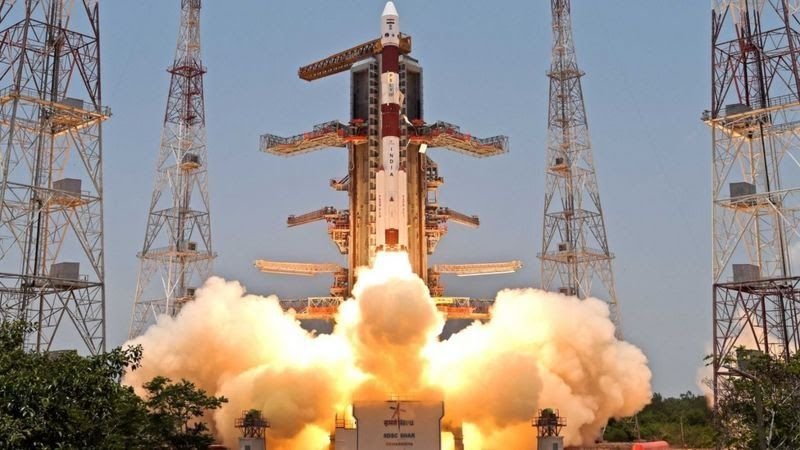
Bangalore, India – In a landmark achievement for Indian space exploration, the country’s first solar observation mission, Aditya-L1, has successfully reached its final destination. After a four-month journey through the cosmos, the spacecraft has taken its prime position at the first Lagrangian point (L1) between Earth and the Sun, where it will begin its unprecedented vigil over our closest star.
Launched on September 2, 2023, Aditya-L1 has captivated the nation with its daring mission. Named after the Hindu sun god Surya, the spacecraft carries seven sophisticated instruments to unravel the mysteries of our solar system’s central powerhouse. From the scorching corona to the solar flares that dance across its surface, Aditya-L1 will keep a constant watch, recording invaluable data in a mission expected to revolutionize our understanding of the Sun’s influence on Earth.
“This is a momentous occasion for India’s space program,” declared Dr. S. Somanath, Chairman of the Indian Space Research Organisation (ISRO). “Aditya-L1’s arrival at L1 marks a giant leap forward in our quest to demystify the Sun and its impact on our planet. The continuous stream of data it will provide will not only advance scientific research but also have practical applications in space weather forecasting and protecting our critical infrastructure from solar storms.”
The L1 vantage point offers unique advantages. Nestled in a gravitational equilibrium between Earth and the Sun, Aditya-L1 will enjoy an unobstructed view of the Sun, free from Earth’s shadow during eclipses or periods of bad weather. This constant observation will allow scientists to study not just the Sun’s surface but also its corona and inner heliosphere, regions crucial for understanding solar activity and its effects on Earth.
Aditya-L1’s instruments are poised to unveil a treasure trove of solar secrets. The coronal heating spectrometer will analyze the scorching solar corona, while the solar ultraviolet imager will capture high-resolution images of the Sun’s dynamic surface. The magnetometer will probe the Sun’s powerful magnetic field, and the particle experiment package will measure the energy and composition of solar wind particles.
The mission’s success is a testament to the dedicated efforts of hundreds of scientists and engineers at ISRO. Aditya-L1 represents a significant milestone in India’s growing spacefaring capabilities, opening doors to further exploration of the Sun and potentially paving the way for future missions to unravel even deeper mysteries of our solar system.
As Aditya-L1 settles into its celestial perch, a new era of solar exploration has begun for India. The Sun’s secrets are within reach, and the scientific world eagerly awaits the groundbreaking discoveries that this ambitious mission promises to deliver.





